**ITRAFUN 100mg CAP (Itraconazole) Description**
**Drug Class**:
– Triazole antifungal agent.
**Mechanism of Action**:
– Inhibits ergosterol synthesis (a vital component of fungal cell membranes), leading to membrane disruption and fungal cell death.
**Indications**:
– Treats systemic fungal infections: aspergillosis, candidiasis, blastomycosis, histoplasmosis.
– Used for dermatophyte infections (e.g., onychomycosis, tinea versicolor).
– Alternative for patients intolerant to amphotericin B.
**Pharmacokinetics**:
– **Absorption**: Enhanced with food (take capsules with a meal).
– **Metabolism**: Hepatic, primarily via CYP3A4 enzyme (risk of drug interactions).
– **Excretion**: Primarily fecal/biliary; half-life ~24–42 hours.
**Dosage & Administration**:
– **Adults**: 100–200 mg once or twice daily, depending on infection severity.
– **Duration**: Varies (e.g., weeks for systemic infections; 3–6 months for nail infections).
– **Note**: Avoid concurrent use with proton-pump inhibitors (PPIs) or H2 blockers; separate doses if necessary.
**Contraindications**:
– Hypersensitivity to azoles.
– Congestive heart failure (LVEF ≤35%) or ventricular dysfunction.
– Concomitant use with CYP3A4 substrates (e.g., quinidine, pimozide) due to arrhythmia risk.
**Drug Interactions**:
– **CYP3A4 inhibitors/substrates**: Statins (e.g., simvastatin), benzodiazepines (e.g., midazolam), warfarin (monitor INR).
– **Enzyme inducers** (e.g., rifampin) may reduce efficacy.
**Side Effects**:
– **Common**: Nausea, diarrhea, abdominal pain, headache, rash.
– **Serious**: Hepatotoxicity (monitor LFTs), peripheral neuropathy, hearing loss, HF exacerbation.
**Warnings & Precautions**:
– **Hepatotoxicity**: Monitor liver function at baseline and during treatment.
– **Pregnancy**: Category C (avoid unless benefits outweigh risks; teratogenic potential).
– **Drug Resistance**: Use judiciously to prevent resistance development.
**Patient Counseling**:
– Take with food to improve absorption.
– Report symptoms like jaundice, dark urine, fatigue, or shortness of breath.
– Avoid alcohol and discuss all medications/supplements with a provider.
**Storage**:
– Store at room temperature (15–30°C), protected from moisture.
This summary provides essential information for safe and effective use. Always consult prescribing guidelines and assess individual patient factors.


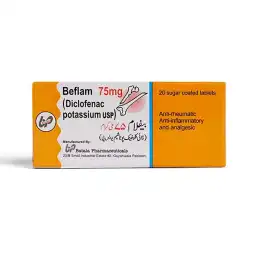



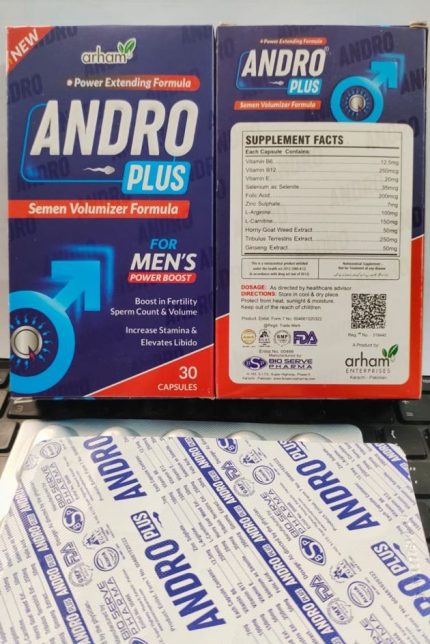

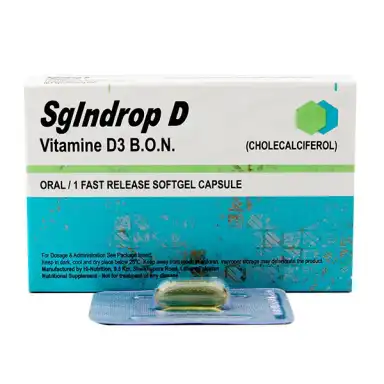


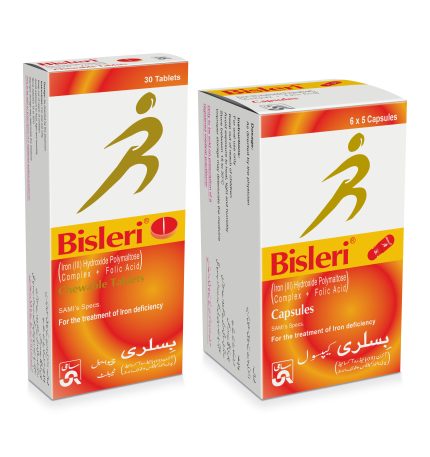
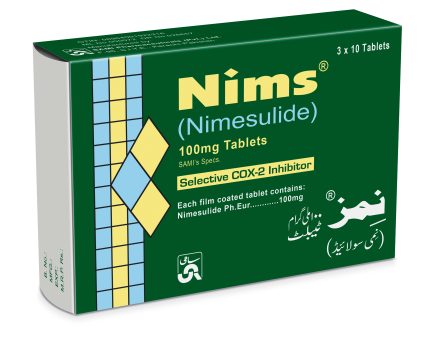
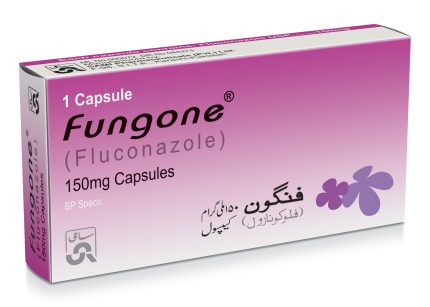
Reviews
There are no reviews yet.